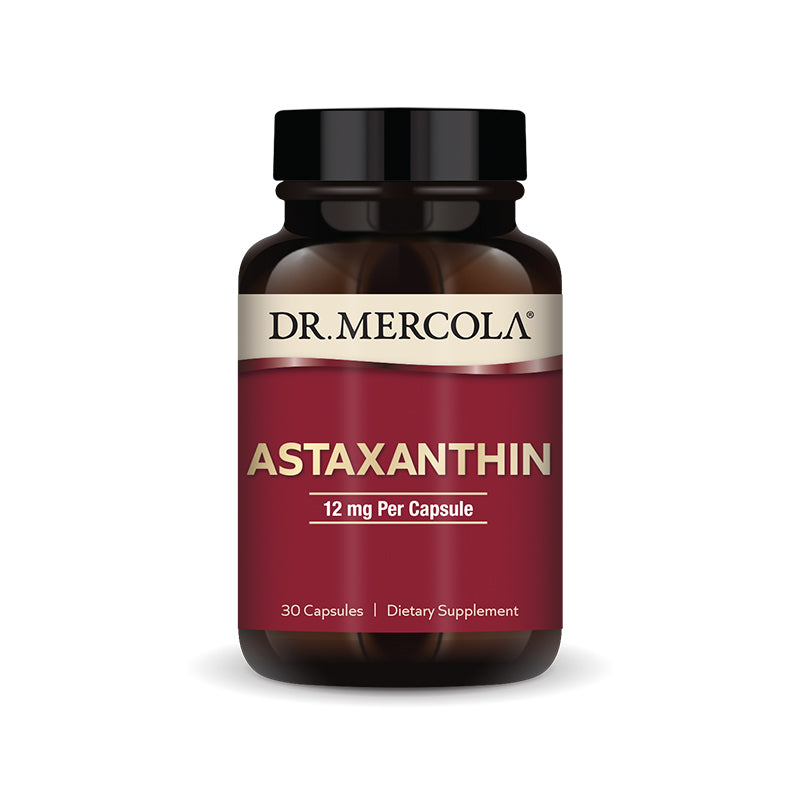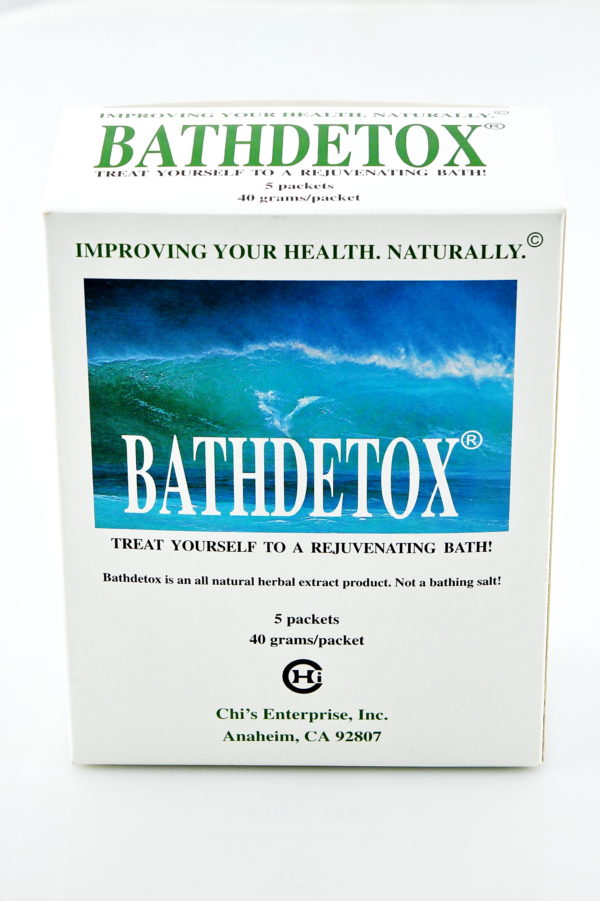Cart
0
In my previous article, I introduced visceral fat and why it’s the most hazardous form of fat to have in your body. So how did it get there, and most importantly, how do you get rid of it? Visceral fat: What causes it? While the amount of visceral fat you have is partly determined by your genetic makeup, it’s primarily your diet and your level of physical activity that contribute to your visceral fat level. If you eat an unhealthy diet, are inactive, and you’re getting older, you may think you’re in great health if your body mass index is in the normal range. Even if your appearance may not have changed much since you were 20, your poor diet and lack of exercise has been contributing to your muscle slowly turning into fat, including a high proportion of visceral fat. Not everyone who is overweight accumulates visceral fat, however. People who tend to get fat around their midsection are more prone to visceral fat than those who have a pear shape with more lower-body fat. If you eat a bit too much healthy food, you can still gain weight. If you exercise, you may still have subcutaneous fat, but you can keep your visceral fat low. Visceral fat accumulates quickly, but it also starts to disappear quickly with exercise. The power of exercise to keep visceral fat under control My favorite example showing how exercise can keep away visceral fat, even if you’re overweight, comes from an enlightening article in Discover magazine on this subject:
Sumo wrestlers are a colorful and instructive exception. Big, big eaters and artificially obese, they look like prime candidates for heart disease and diabetes and would definitely fail the belt test. Nevertheless, Hamdy reports, they are “extremely insulin sensitive and don’t have hypertension.” Body scans reveal that sumo wrestlers typically have little visceral fat, presumably because they exercise six to eight hours a day. Most of what hangs over their mawashis is subcutaneous fat. When they retire, however, if they keep eating, their visceral fat balloons.Exercise really does make a significant difference. In human studies, blood tests show metabolic changes to visceral fat within just half an hour of starting to exercise. So go for a brisk walk, get on your bike, or go dancing today! What are some things can you do to get rid of visceral fat?
- Strength training – Building muscle directly fights visceral fat, and in turn, insulin resistance. Insulin resistance is the precursor to diabetes and causes accumulation of abdominal fat and visceral fat.
- Burst training/interval training – Anaerobic bursts of intense exercise are best for fat burning. In addition, those of us working to improve our adrenal health need to steer clear of long aerobic workouts.
- Sleep! Get 7 to 9 hours of good-quality sleep every night. Get to bed as close to 10 PM as possible. Our prime muscle-building and repair time is from 10 PM to 2 AM.
- Limit alcohol. Alcohol is associated with accumulation of visceral fat, or “beer belly.”
- Eliminate processed foods, sugars and grains from your diet.Especially avoid fructose, which is worse than table sugar for packing on the fat. That means agave nectar is not a health food.
- Replace trans fats and polyunsaturated fats (canola, soy, corn oils) with monounsaturated fats (olive oil, avocados) and with healthy saturated fats (coconut oil, fat from organic, grass-fed, sustainably-farmed animals only)
- Reduce stress. Whatever relaxing activity works for you, do it every day you possibly can! Yoga, meditation, walking, dancing, golf, gardening.












